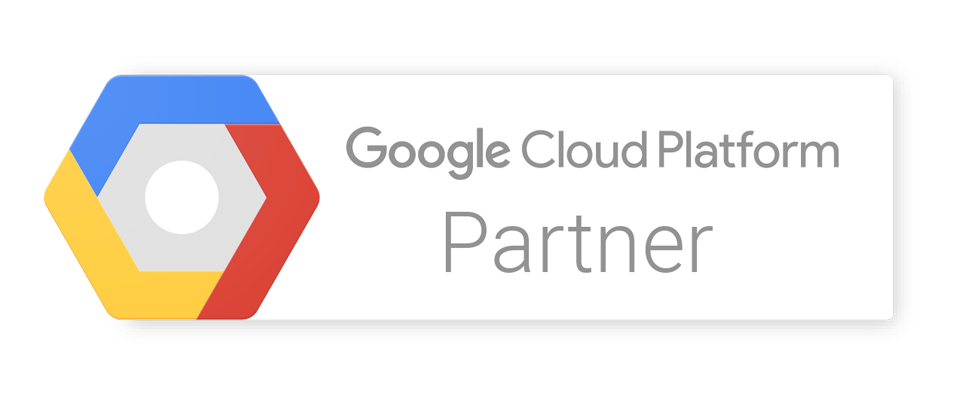The workplace is becoming increasingly dynamic and digital, because companies need employees who are flexible can work from anywhere, and can execute work tasks from any machine they have their hands on. That means physical desktops and laptops have become, essentially, obsolete in their old form, and companies have started to realize the benefits of embracing virtual and cloud computing.
Intelligent digital workspaces to the rescue
So no one is tossing those machines into the trash — it simply means the era of intelligent digital workspaces is upon us, in the form of both virtual desktop infrastructure (VDI) or desktop-as-a-service (DaaS). These technologies give users secure access to applications and information from anywhere and everywhere an employee needs to be.
Rather than software running on local devices in silos, those applications and services exist in a data center, and each instance is spun up when a user needs it, in a way that’s essentially invisible to your end user. Your IT department no longer needs to individually manage and support a stable of desktop and laptop workstations with locally installed software, which is especially helpful in an environment when workers are increasingly remote or mobile.
Digital workspaces also make the security risks and data breaches from the BYOD policies that have become ubiquitous to the kind that pop up from inconveniently lost or stolen devices, far more manageable, with the heavy lifting passed off into an enterprise or cloud datacenter. Since user applications aren’t installed or run locally, company data actually remains in your data center or safe with your cloud provider.
Employee benefits
So device and software management is incredibly simplified, security is improved, and user productivity is ramped up considerably. Employees don’t need to depend on a specific device in order to get work done; they can simply switch between devices when the one they’re on becomes slow or breaks down. Or they can begin work on a project in the office in the morning, head to an offsite team meeting in the afternoon, pull out their tablet on the commute home to tie the pieces together, and hop on their own device in the evening to put on the finishing touches. And the complexity behind all these virtual workspaces is invisible to your employees, for whom the virtual architecture simply works.
Company advantages
The cost savings are also considerable for your IT team and for your company. The time your IT department spends maintaining and managing devices is slashed considerably, as noted earlier. The savings that come from virtual licenses as opposed to device licenses adds up. Those legacy devices your employees are already attached to, the laptops and desktops, last far longer, since firmware upgrades don’t make individual pieces of software obsolete. But once those machines are ready to be recycled, they can be replaced with thin clients or even, in so many use cases, Chromebooks.
VDI vs DaaS?
But it’s important to remember that not all digital workspaces are created equal, and you’ll need to make a decision between VDI and DaaS. You’ll need to choose the solution that offers the combination of simplicity, scalability, speed, security, savings, and performance that helps your company thrive, while navigating the complications and stumbling blocks of cost, complexity, and cloud choices. Both VDI and DaaS offer the holy grail: allowing you a complex, robust IT infrastructure that’s easy to manage and invisible to your users, who just want it to work. But there are big differences between the two.
VDI is a powerful, flexible solution, but because it is implemented in-house it brings a number of challenges, including requiring adequate datacenter space, potential budget breakers, and requiring experienced in-house administrators. There can be significant upfront capital expenses and scaling challenges depending on staffing and company size. Your IT department will also be called upon to ensure consistent performance at every time of day, whatever the current load.
DaaS, which can be implemented in partnership with any cloud provider, is a tool for organizations in the midst of digital transformation. You’re trading CapEx for OpEx, which lets your team focus on new and expanded services. Workspaces for new users can be spun up instantaneously, and performance tends to be consistent, reliable, and never interrupt important work.







